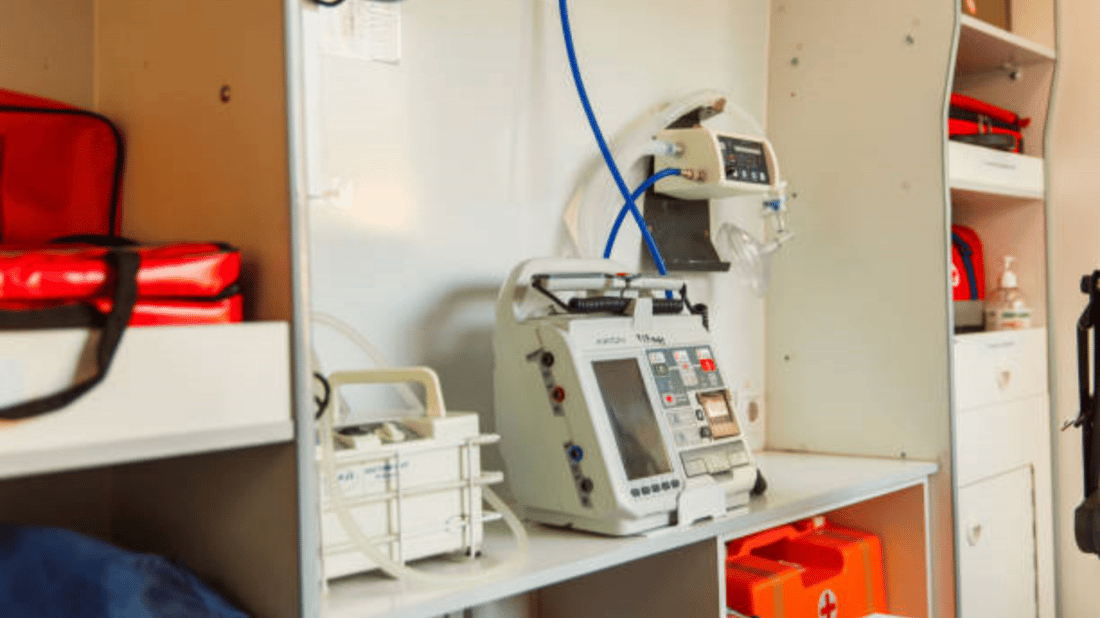Industrial Applications
Lasers are commonly used in industrial settings to detect vibrations in machinery and equipment. By analyzing the light reflected off a vibrating surface, lasers can provide valuable insight into the performance of these industrial assets.
Structural Health Monitoring
In civil engineering, lasers are utilized to monitor the structural health of buildings, bridges, and other infrastructure. By detecting vibrations in these structures, engineers can identify potential faults or weaknesses that may lead to structural failure.
Seismic Activity Detection
Geophysicists rely on lasers to detect and analyze vibrations caused by seismic activity. By measuring the displacement of the ground with laser technology, scientists can better understand the behavior of earthquakes and predict future seismic events.
Medical Imaging
In the field of medicine, lasers are used in imaging techniques such as laser Doppler vibrometry to detect vibrations in tissues and organs. This non-invasive method allows healthcare professionals to monitor blood flow and diagnose conditions like cardiovascular diseases.
Aerospace Testing
Aerospace engineers use lasers to detect vibrations in aircraft components during testing and development. By measuring the structural responses to external forces, engineers can ensure the safety and reliability of aircraft in various flight conditions.
Defense and Security
The military and security sectors utilize lasers to detect vibrations in perimeter fences, buildings, and vehicles for surveillance and threat detection purposes. Laser technology provides a sensitive and accurate means of monitoring movements in sensitive areas.
Environmental Monitoring
Environmental scientists use lasers to detect vibrations in natural systems such as ecosystems, bodies of water, and atmospheric conditions. By studying these vibrations, researchers can assess the impact of human activities on the environment.
Non-Destructive Testing
In industrial inspection processes, lasers are employed for non-destructive testing of materials to detect vibrations that indicate hidden defects or weaknesses. This method helps ensure the integrity and quality of various materials used in manufacturing.
Robotics and Automation
Robotic systems use lasers to detect vibrations in their surroundings for navigation and obstacle avoidance. By sensing vibrations in their environment, robots can move efficiently and safely in dynamic and changing conditions.
Research and Development
Scientists and engineers in various fields use lasers to conduct research and develop new technologies that involve detecting vibrations. Whether in physics, chemistry, or material science, lasers play a crucial role in advancing knowledge and innovation.
Quote Inquiry
Contact us!

